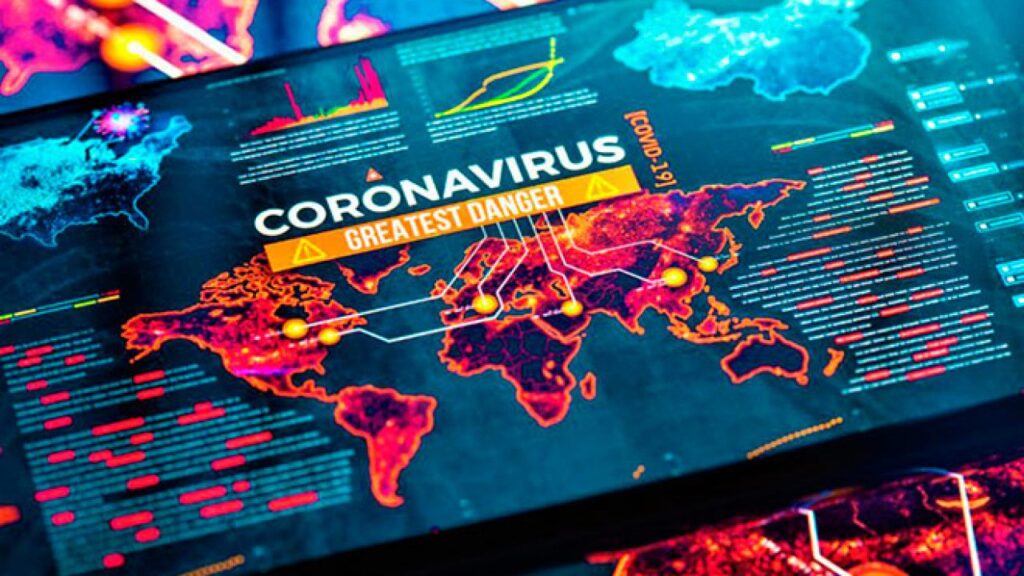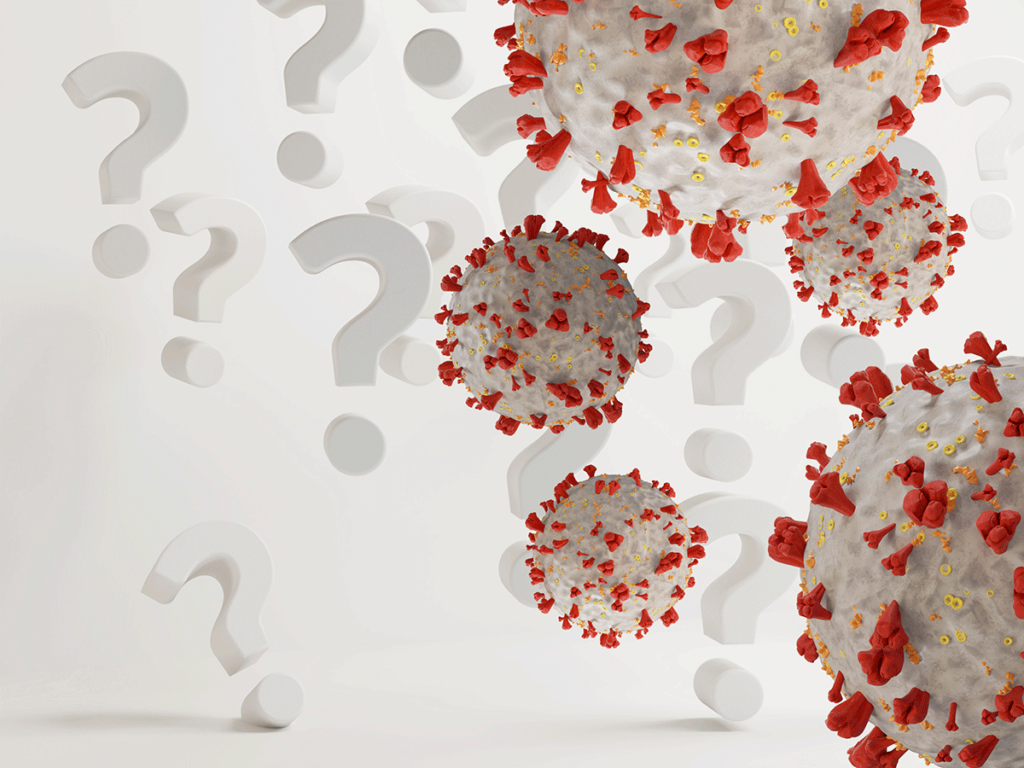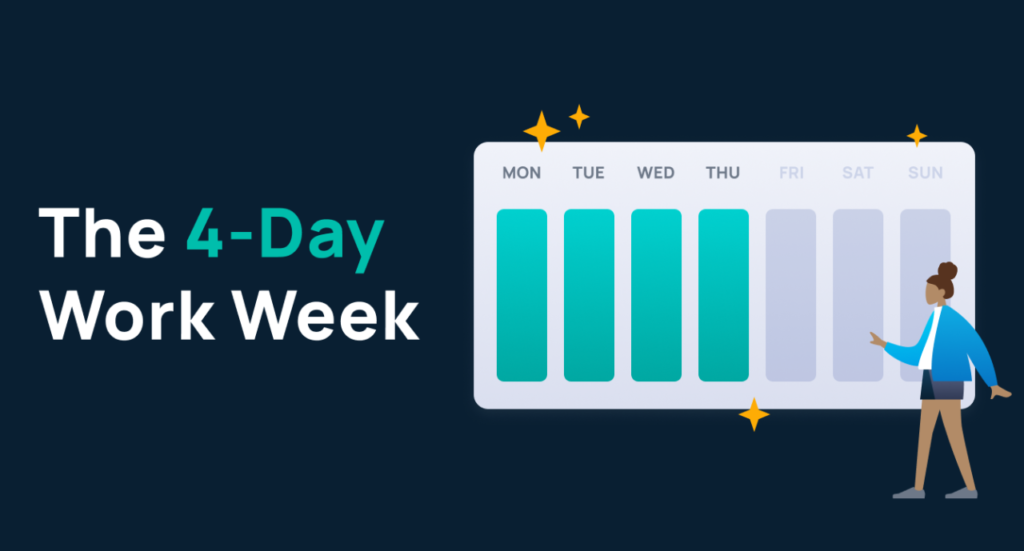I drove home wondering when I would return to the office next. It was March 2020 and the pandemic was beginning. No big deal I thought to myself. It will probably last a few weeks at most. My prediction was off by years. In retrospect, it is embarrassing to acknowledge how clueless I was at the time. Like most people, I greatly underestimated the scale and complexity of the COVID-19 crisis. How were any of us supposed to know what would happen as this global debacle played out? Significant changes were coming fast and furious. The best most of us could do was try to maintain an optimistic outlook during this devastating disaster while making predictions about what would happen next.

We were in unchartered waters
Big challenges were around the corner for the entire world to navigate. There were no easy answers or simple solutions. No – it would take years of effort to get past the pandemic. Leaders did their best to display confidence despite the fact that they were completely naive regarding what would happen the next day. The amount of uncertainty all of us faced was enormous. We simply did not know.

Significant changes happened during the pandemic
In this blog series, I am writing about becoming a strong leader in the post-pandemic world. In my last blog, I asked, Are you ready to be a strong leader in the post-pandemic world? If you are, then it is time to discuss the big changes that occurred during the COVID-19 crisis. The reality is that many things changed during the pandemic, but not everything did. Let’s start by separating fact from fiction. Many predictions made during the crisis did not come to fruition.

Meet my new research assistant – ChatGPT
I have been tinkering with ChatGPT. It is an innovative technology, and a game-changer in many ways. One thing that Chat GPT does well is help me with researching a new topic. It is far from perfect and sometimes not particularly precise, much less accurate. Nonetheless, ChatGPT accelerates my ability to learn quickly about a topic. Therefore, I will be using this tool as my new research assistant for this blog. I will do my best to highlight when I am leveraging ChatGPT to generate content.

Ten pandemic predictions that did not become reality
Many people made presumptive predictions about the pandemic that did not happen. I cannot recount them all, so I asked my new research assistant, ChatGPT, to list ten pandemic predictions that did not become reality. Below is the unedited list. I agree with all of them. Number ten is particularly disappointing. I was naively hoping that the pandemic would make the world a better place. It did not.
- Quick Resolution: Initially, some experts and public figures hoped that the pandemic would be a short-lived crisis that could be resolved in a matter of weeks or months. This turned out to be overly optimistic.
- Herd Immunity Through Infection: Early in the pandemic, there were discussions about achieving herd immunity through natural infection rather than vaccination. This idea was largely abandoned due to the high human cost it would entail.
- Summer Respite: Some initially believed that warmer weather would naturally slow down or halt the spread of the virus, similar to the seasonal flu. However, the virus continued to spread throughout the summer months in various countries.
- Universal Effectiveness of Lockdowns: Early in the pandemic, it was thought that strict lockdowns would quickly and effectively curtail the spread of the virus. While lockdowns did have an effect, the virus often rebounded, leading to multiple waves of infection in many places.
- Low Impact on Children: Initially, it was believed that children were largely unaffected by COVID-19. While it’s true that children generally experience milder symptoms than adults, they can still spread the virus, and some have suffered from severe outcomes, including a condition known as multisystem inflammatory syndrome in children (MIS-C).
- Immunity Duration: There were hopes that once a person recovered from COVID-19, they would have long-lasting immunity. While there is some immunity post-recovery, it has been found to be variable and generally not as robust or lasting as initially hoped, especially in the face of emerging variants.
- One-Size-Fits-All Vaccine: Initially, there was hope for a single, universally effective vaccine. While vaccines have been developed and are effective, there are multiple types, each with varying levels of efficacy against different strains.
- Unaffected Rural Areas: It was once believed that COVID-19 would primarily be an urban problem and that rural areas would be largely unaffected. However, the virus spread to rural communities as well.
- Superspreader Events Only: Early on, there was a perception that only large gatherings would be superspreader events. As it turns out, the virus can and does spread in smaller gatherings and even in one-on-one settings.
- Global Cooperation: There was a hopeful sentiment that the pandemic would foster unprecedented global cooperation. While there has been collaboration, there have also been significant challenges in terms of vaccine distribution, information sharing, and travel restrictions.

Three work-related predictions that did not happen
Also, several business leaders, analysts, professors, and others made bold predictions about what workplace changes we would experience during the pandemic. Similarly, many of these future forecasts did not come to fruition. Below I list three specific ones that I honestly believed were plausible at the time. I am really glad the first one did not happen given all the uncertainty we faced a few short years ago.
- Global economic meltdown – some people predicted that the pandemic would trigger a worldwide economic meltdown. COVID-19 impacted almost every industry, some in hugely negative ways. But, we did not experience a global depression due to the concerted efforts of many people, including national governments.
- Four-day work week – after so many employees were sent home some optimists predicted that many organizations would implement a four-day work week. Unfortunately, this did not happen for most companies. Some have experimented with this concept and made changes, but the five-day workweek is still the norm.
- Collapse of coworking spaces – many people believed that when they went home to work during the pandemic they might never return to the office. Some companies dreamed about the potential cost savings getting rid of office space would generate. Fast forward to now and many people are back in the office. Some organizations still debate this topic today. From my perspective – hybrid solutions will prevail.

Several predictions did come true
In this blog, I covered changes that did not happen during the pandemic. Next time, I will identify several predictions that did come true with a focus on the workplace so that leaders can prepare themselves properly for the impacts these changes are making in the post-pandemic world.

ATW! will make you a better leader
I hope you join me on this journey to raise the next generation of leaders. The world is in desperate need of more great leaders. Women and men who lead with confidence, clarity, and creativity. It’s time to become the leader that your world needs. Let’s go All The Way!
